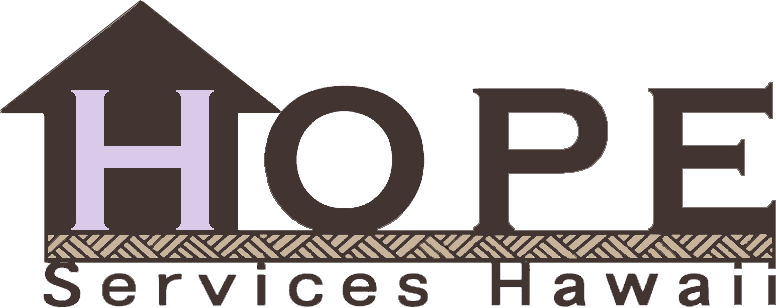By KRISTEN ALICE | Sunday, February 25, 2024, 12:05 a.m.
Last July, Gerald Sarvas, a veteran and kupuna, faced the grim reality of homelessness.
Although he and his emotional support dog had moved into a rental unit in Hawaiian Beaches, he was forced to give up his beloved dog when his landlord abruptly changed the terms of his lease. The situation deteriorated, and Gerald found himself on the streets with nowhere else to turn.
Gerald’s story is not uncommon. According to the 2023 Homeless Point in Time Count, kupuna aged 62 and older make up 12.1% of people experiencing homelessness on Hawaii Island. The lack of affordable housing exacerbates this, leaving many kupuna like Gerald with few alternatives.
Consider the unaffordability of renting in Hawaii County. According to the National Low Income Housing Coalition, fair market value for a studio apartment in Hawaii County in 2023 was $1,281. In the same year, the monthly payments for Supplemental Security Income (SSI) were $914. For a retiree dependent on SSI, even 100% of their income wouldn’t cover the studio rent, food, medical bills, transportation and other living expenses.
In September, Gerald contacted the veterans crisis line, which connected him with our outreach team. We welcomed him to Keolahou Emergency Shelter in Hilo. In December, he moved back to Puna as one of the first permanent residents of the Sacred Heart Affordable Housing Project.
Situated on 14.5 acres of land adjacent to the Sacred Heart Shelter micro-unit village, the Sacred Heart Affordable Housing Project offers a resource office and 12 modular homes built by HPM and Ludwig Construction. Residents utilize housing vouchers and pay no more than one-third of their income on rent. Developed by HOPE Services Hawaii and funded by grants and donations, this project represents a milestone in addressing kupuna homelessness in Puna.
The benefits of this project extend beyond the obvious. In addition to providing a path out of homelessness, it offers an upstream approach to addressing social determinants of health.
Providing permanent affordable housing with support services contributes to better physical, mental and emotional well-being among seniors. Stable housing provides a foundation for accessing essential services, fostering social connections and promoting healthy aging.
Furthermore, initiatives like Sacred Heart have broader societal benefits. By reducing homelessness among seniors, we alleviate strain on emergency services and health care systems, ultimately leading to cost savings for taxpayers.
Investing in permanent supportive affordable housing is not just a matter of social responsibility — it’s a strategic investment in public health and community well-being.
Gerald shared how it changed his life the day he moved in. “I feel lighter,” he said. “I’ve had so much heavy anxiety, stress, borderline depression. … It’s nice to emerge from the dark tunnel to this bright light, so I’m feeling quite content today.”
As we reflect on Gerald’s journey, let’s recognize the importance of prioritizing affordable supportive housing initiatives that can be replicated and expanded. Perhaps there is a place for a project like this in your community.
We are already working on our next project to provide affordable housing for families on the same property. We can’t do it alone, though. I invite you to support affordable supportive housing for our community by donating at www.hopeserviceshawaii.org.
Let’s house our community together — it’s a kakou thing!
Kristen Alice is director of community relations for HOPE Services Hawaii. This editorial is brought to you by Community First Hawaii nonprofit serving as a convener and catalyst for solutions to improve health and access to health care. For moreinformation, please visit our website at www.communityfirsthawaii.org or Facebook and Instagram pages at @communityfirsthawaii.
